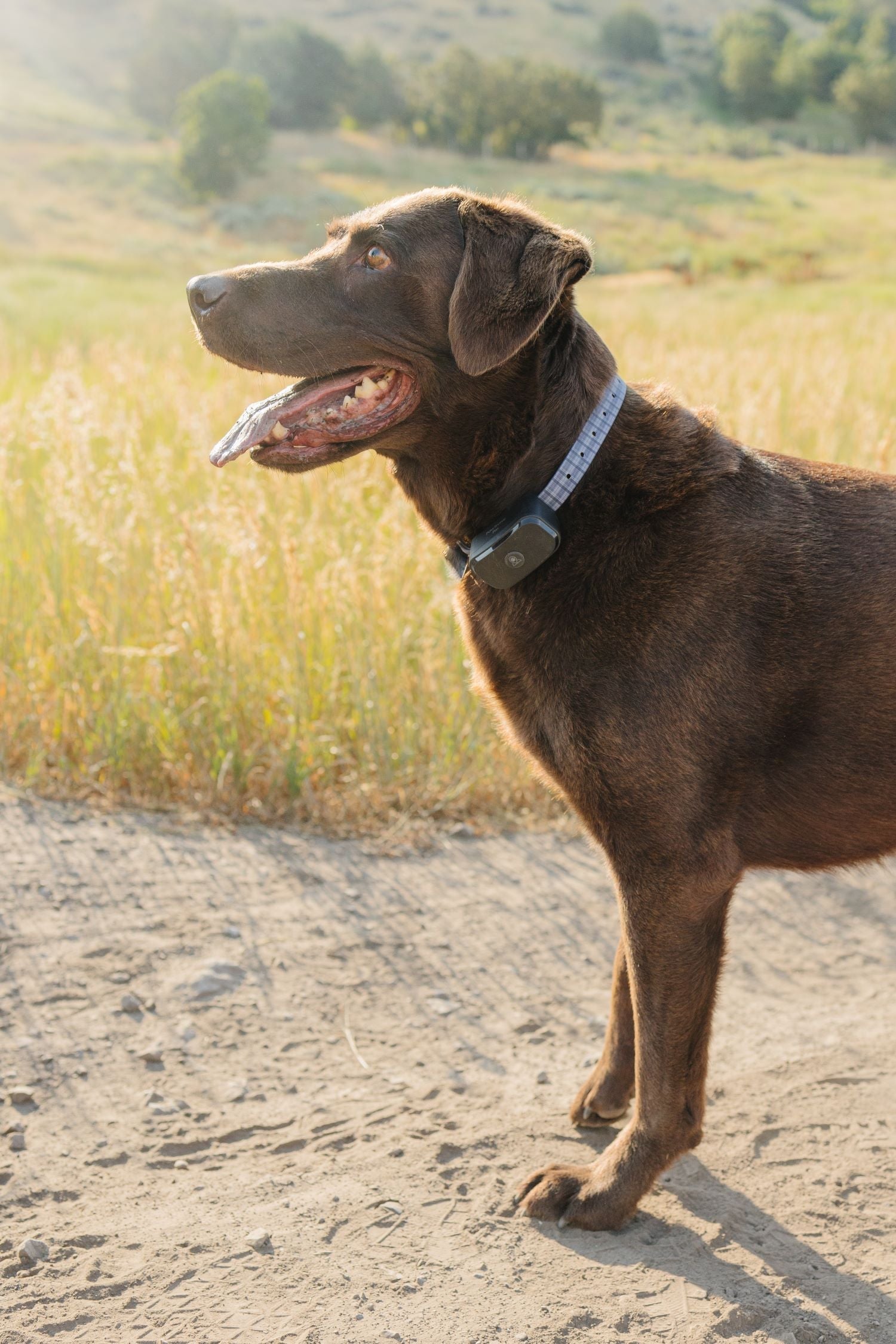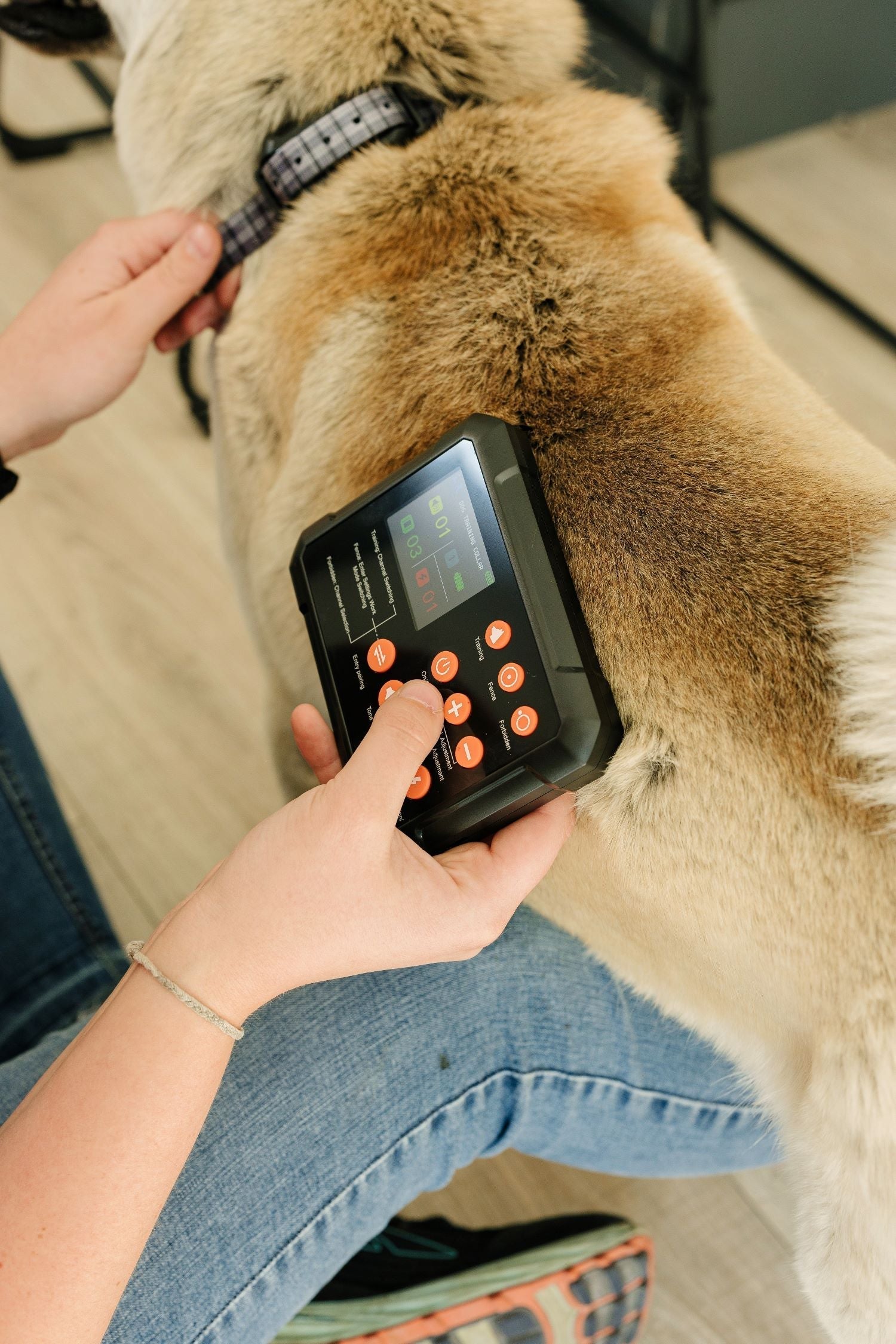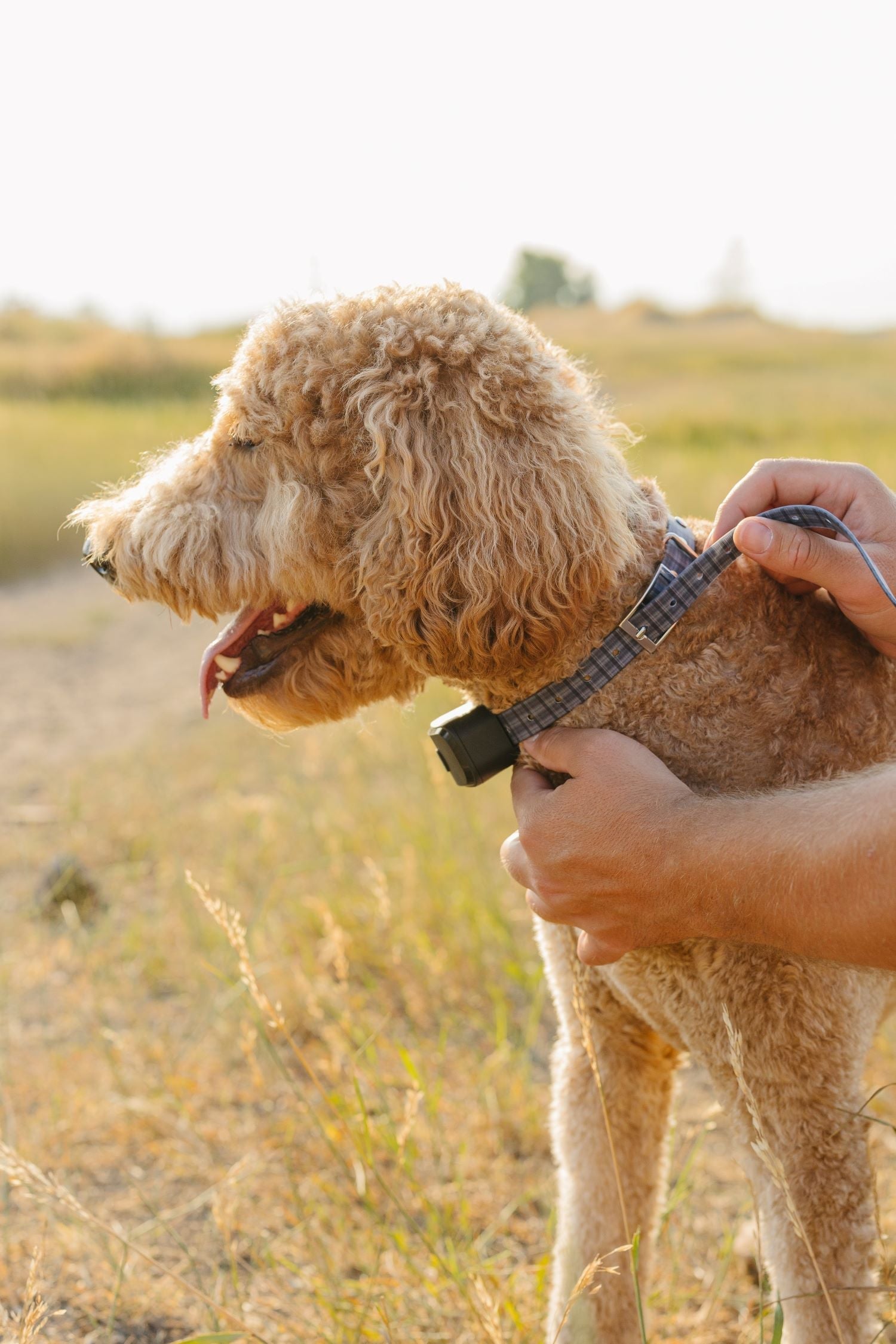Freedom for dogs is as important as their safety. A GPS Wireless Dog Fence is a new emerging tool that pet owners have been loving lately. It is an effective and convenient tool to give your dog freedom while maintaining their safety. Whether it’s the first time for your dog experiencing the dog collar or have experienced the Wireless Dog Fence earlier, keeping a track of your dog’s reactions is key to getting the most out of this advanced technology.
1. Understanding Initial Reactions
As a first-time user, you first need to make sure you’ve read all the instructions or the user manual that came along. Make sure you are 100% familiar with the setting, functionality, and customizability of the collar. Later, when you first introduce your dog to the GPS Wireless Dog Fence, it's normal for them to be a little puzzled or even a little frightened. Since dogs don’t inherently understand invisible boundaries, the initial reaction to the warning beeps or corrections could vary from excitement to apprehension.
Key Points to Observe:
- Anxiety or Fear: It’s also reported that dogs, on the first trail, might become anxious when they hear the warning sound from the dog collar. They may hesitate to move around, or they might run to you for comfort. But this must get resolved over time and may not lead to stress or fear.
- Ignoring Warnings: On the other hand, some dogs might not initially respond to the warning sounds, particularly if they are excited by something beyond the boundary. They may completely ignore or test the limits of the systems but won’t be able to surpass them.
Most brands recommend to first start with boundary training. Take it slow, walk your dog along the perimeter of the boundary so they understand where the limit is. Since your dog is unable to see any physical fences, they might get a little confused but will ultimately understand and respect the boundaries you’ve set for them. Nonetheless, if you notice any extreme reactions such as shaking, whining, or continuous attempts to cross the boundary, adjust the system to be gentler while your dog acclimates.
2. Recognizing Positive Behavior Patterns
A well-trained dog will respond aptly to the Wireless Dog Fence system after a period of exercise. Ideally, they will recognize the warning signals from the dog collar and avoid approaching the boundary altogether.
Signs of Success:
- Stopping at Boundaries: You’ll notice a change in no time once you’ve trained well. When your dog approaches the boundary and hears the beep or receives a light correction, they should stop and return to the safe zone.
- Calm Exploration: Once your dog is used to the dog fence system, they should feel comfortable exploring the safe area without showing signs of anxiety. They might also feel the happiest within the boundary while feeling completely free and safe.
It’s essential to reinforce positive behavior with praise or treats whenever they respond correctly to the warnings. Over time, they will learn to respect the boundaries even without corrections.
3. Monitoring Behavioral Issues
Depending on the dogs and their breeds, even after endless training sessions, some dogs may continue to test boundaries or experience behavioral issues like disobeying and aggression related to the Wireless Dog Fence. Monitoring these behaviors closely is important for making adjustments.
Common Behavioral Issues:
- Boundary Testing: Some dogs are curious or stubborn and may continue testing the boundaries. They may try to find a nook or escape through the boundary, especially if something like a squirrel or another dog is on the other side. This is also commonly reported when there are more than one pets in the house and the rest are able to cross the fence.
- Ignoring Corrections: If your dog ignores the correction or warning beeps, it may be a sign that the dog collar is not fitted properly, or the intensity of the correction needs adjusting.
- Stress Signals: Dogs who remain overly stressed or fearful may develop avoidance behaviors like refusing to go outside or staying close to the house, even when inside the safe zone.
If these issues persist, consider resetting your GPS Wireless Dog Fence settings. Make sure the correction is gentle and mild, and consider more boundary training. It’s also a good idea to consult with a professional trainer if your dog shows signs of ongoing anxiety.
4. Adjusting the GPS Wireless Dog Fence for Best Results
A key feature of the GPS Wireless Dog Fence is its ability to be customized for your dog’s specific needs. Monitoring your dog’s behavior will help you determine when and how to make adjustments to the dog fence system.
Adjustments You Can Make:
- Increase or Decrease the Boundary Size: If you find that the boundary is too close or too far for your dog’s comfort, you can easily adjust the area covered by the Wireless Dog Fence.
- Correction Intensity: Many GPS dog fences, such as the PawTronic GPS Wireless Dog Fence, allow you to adjust the intensity of the correction. You may need to increase it slightly for larger or more stubborn dogs, but always ensure it remains humane.
- GPS Calibration: If you notice the boundary shifting, recalibrate the system or move the base unit to ensure the boundary remains consistent.Regularly check the dog collar for proper fit and function. A loose collar might not deliver the warning sounds or corrections effectively, leading to confusion or lack of response from your dog.
Conclusion
Every dog breed is different from the other, hence, dogs reacting to a GPS Wireless Dog Fence varies from dog to dog. It is important for the owner to keep track of and understand what their dog experiences and when to change the settings of the Fence system. As a pet owner, it is also important to choose a wireless fencing system from a trusted brand that has no minimum negative reviews. The PawTronic GPS Wireless Dog Fence provides a reliable and customizable solution to ensure your pet’s safety while giving them freedom to roam within a designated area. However, they are specially designed for medium to large-sized dogs only. They employ both GPS and radar-based technology for the safety of your pet.




Leave a comment
This site is protected by hCaptcha and the hCaptcha Privacy Policy and Terms of Service apply.